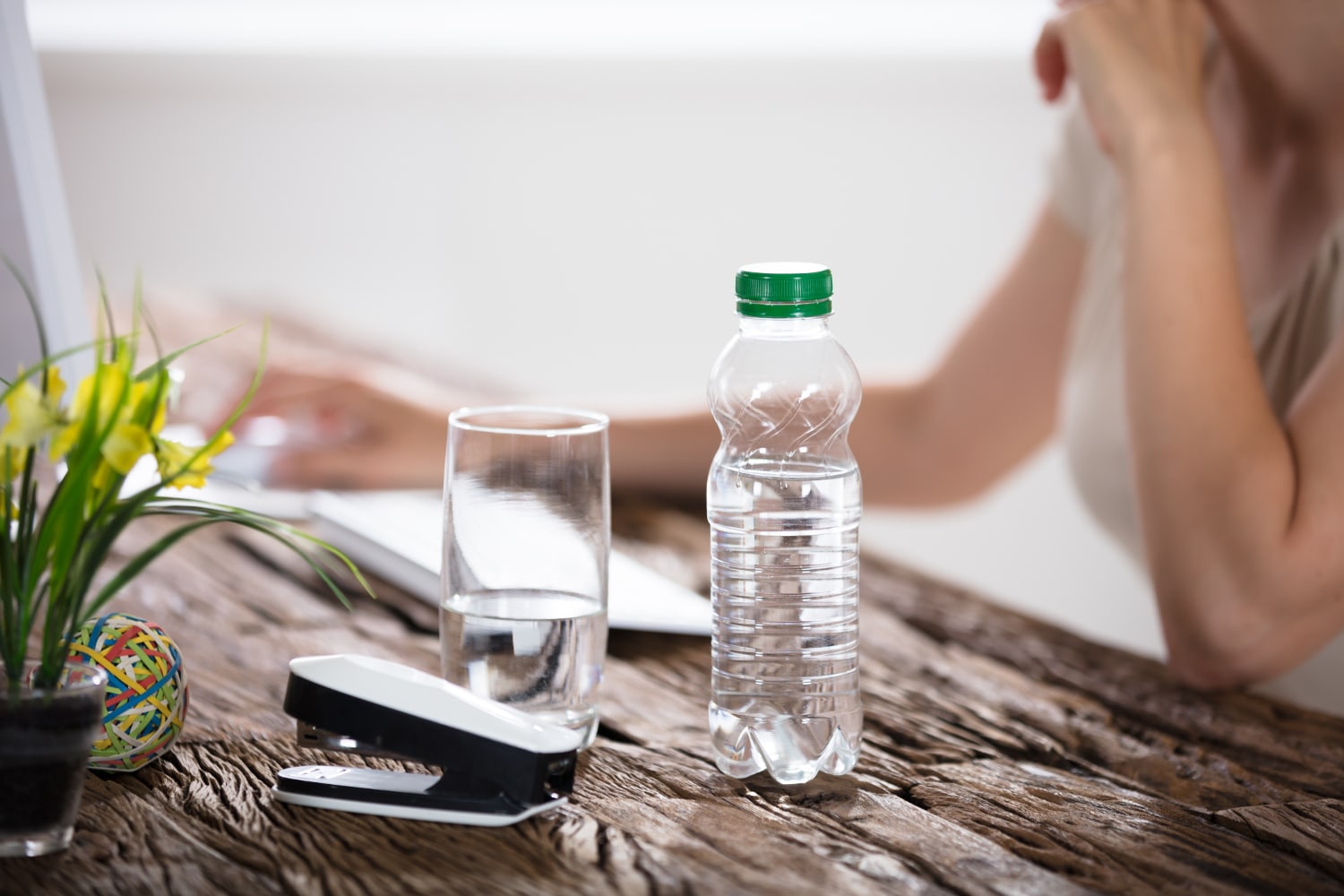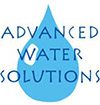Are Plastic Water Bottles Safe?

It can be tough to make sure you drink enough water every day, and it’s a much easier task when it’s quick and easy. One of the more convenient ways to get some water on the go is to grab a disposable bottle from the store. While this is an easy option, it’s also the most dangerous. Aside from harming the environment by filling up the landfills, there are a handful of health reasons why it’s safer to grab that refillable water bottle and use it instead. With a good water filter, you can have water that tastes better than disposable bottled water, without the negatives. Let’s take a look at some of the reasons why you should steer clear of those plastic water bottles.
Heat Exposure and Plastic Water Bottles
The plastic that makes water bottles can seep into the liquid if the bottle is exposed to hot temperatures. These chemicals, like antimony (Sb) and Bisphenol A (BPA), can get into the water you drink, affecting your health. According to research, ingesting these chemicals can cause some serious diseases, like cancer.
Plastic is a big industry, and its companies thrive on convenience. The plastic they use to make these water bottles is cheap so that it can be mass-produced. Almost all water bottles are made from polyethylene terephthalate (PET) plastic and typically contain up to 300mg of antimony. If these water bottles sit in an area where they reach a temperature of 77 degrees Fahrenheit, it can seep into the water. Consider this relatively low temperature - before you even buy it and put it in your refrigerator, it has probably already been transported on a hot truck or left in a warm storage facility. So instead of leaving that bottled water in your car for later, grab a reusable container and fill it up all day. Not only will it be a healthier option for you, but also for our environment.
BPA in Plastic Water Bottles
There are many different types of BPA plastic, and some are worse than others. While it’s always better to just grab a reusable bottle, you can make a safer choice by choosing to buy particular brands. The labels for the types of plastics can usually be found on the bottom of the container. Here are a couple of examples of the plastics you may find in stores:
Polyethylene Terephthalate (PET) - This is the most common type of plastic, as it’s the least expensive, giving companies a bigger profit margin. It’s extremely unsafe when exposed to moderately warm temperatures. You will be exposed to plastic particles in your water and potentially harm yourself.
High-Density Polyethylene (HDP or HDPE) - This is a stronger plastic that you usually find in laundry detergent bottles or milk jugs. It doesn’t let off as many chemical residues into the products in contains. HDPE is one of the best types of plastic water bottle to buy, as it’s safer and will contain the cleanest water you can buy (in plastic).
Polyvinyl Chloride (PVC or 3V) - This type of plastic is used for lots of different types of products, like cooking oil bottles, food coverings, children's toys, and water bottles. It’s soft, flexible, and pliable. Unfortunately, this type of plastic contains toxic chemicals that can cause hormonal issues if ingested. Try to avoid PVC plastic when you intend to eat or drink out of the container.
The Dos and Don’ts of Plastics
Here are some steps you should take to avoid getting more plastic in your food and water from their containers:
DO
- Store leftovers in glass mason jars or other glass containers, not plastic bags or Tupperware.
- Bring your own coffee mug or reusable water bottle with you for the day.
- Wash plastics on the top rack of the dishwasher or by hand to avoid the chemicals that release in hot water.
- Use stainless steel, wood, or other non-plastic materials for your cooking utensils.
DON’T
- Microwave or heat anything up in plastic containers or dishes, even if they say microwave safe.
- Do not reuse single-use plastics. The more they are used, the weaker they become and are more likely to start emitting toxins.
- Do not use plastic containers for any hot liquids.
- Do not reuse disposable plastic water bottles. If you want to reuse, carry your own reusable glass, metal, or sturdy plastic water bottle, and fill it up throughout the day.
- Never leave a plastic water bottle in your car. It will get way too hot, and you will end up ingesting more toxic chemicals if you drink the water afterwards.
While it’s convenient to grab a bottle of water from the store for a cool refreshing drink on a hot day, the plastics used in these bottles are not good for you or the environment. If you make a habit of it, you’ll find that it’s just as easy to get yourself a nice reusable water bottle and fill that thing up before you leave the house for the day. It will save you money, benefit your health, and protect the environment in the long run.
If you want great-tasting water directly from your home, consider getting a whole house water filter. It will make refilling that reusable container quick, easy, and delicious! If you’re struggling with hard water problems in your home, learn more about how to find the right water softener for you!
